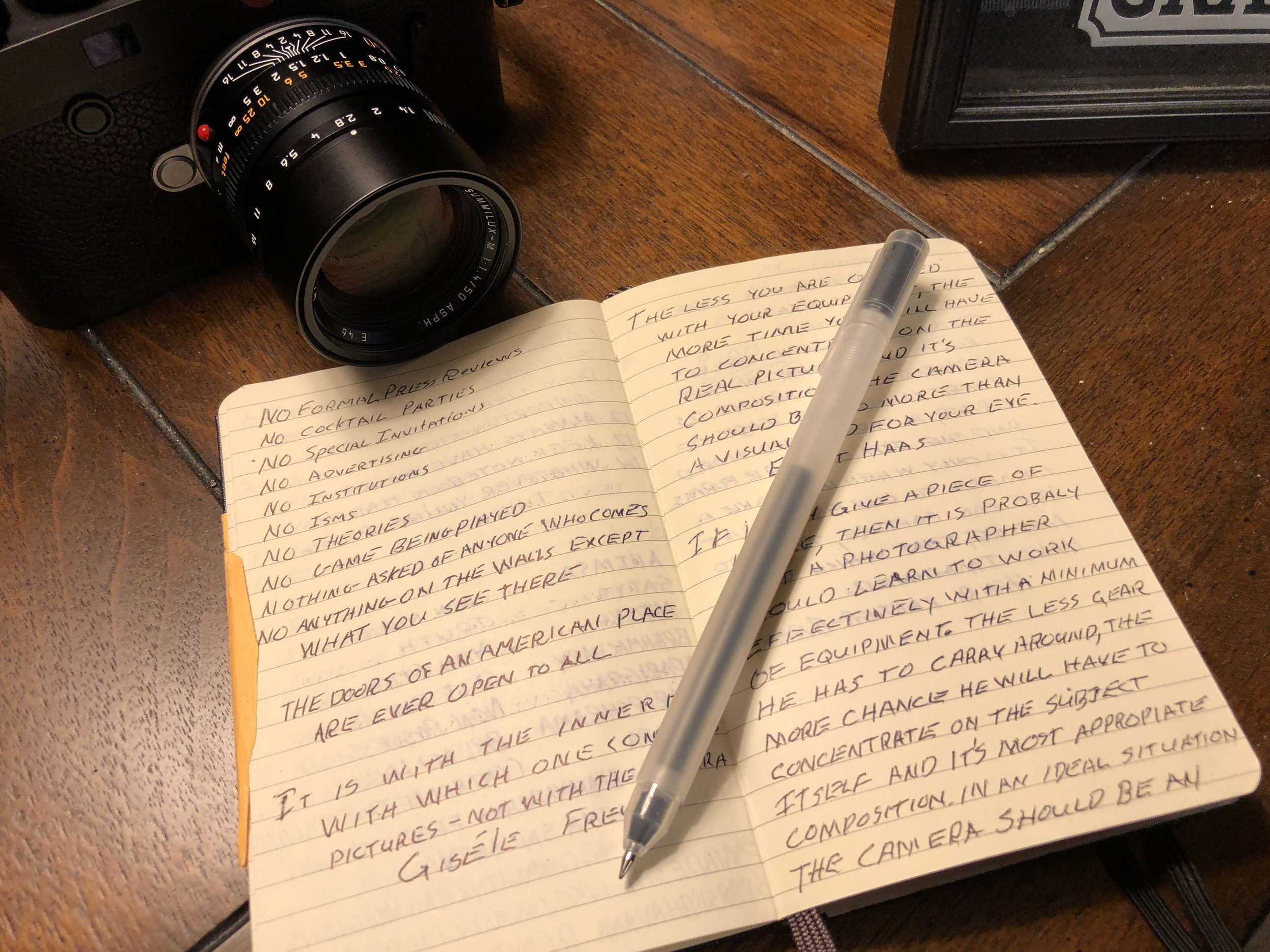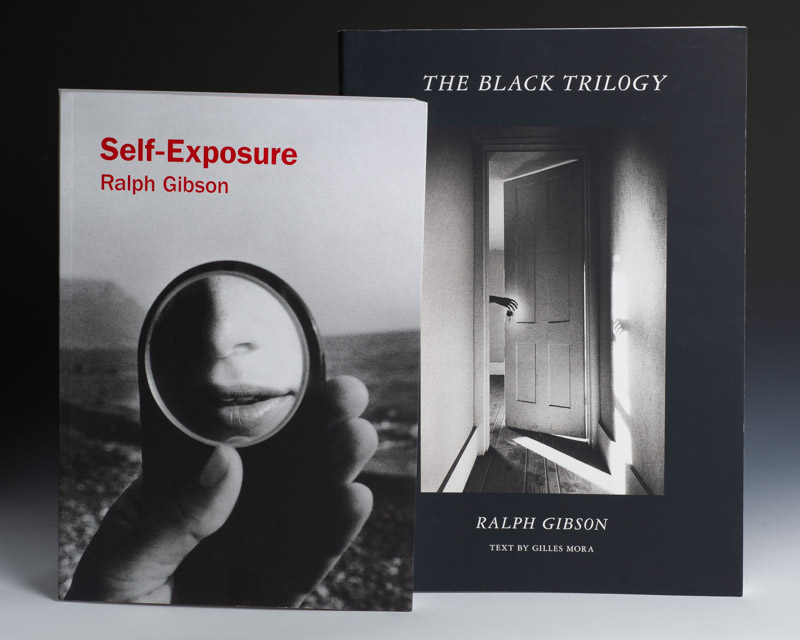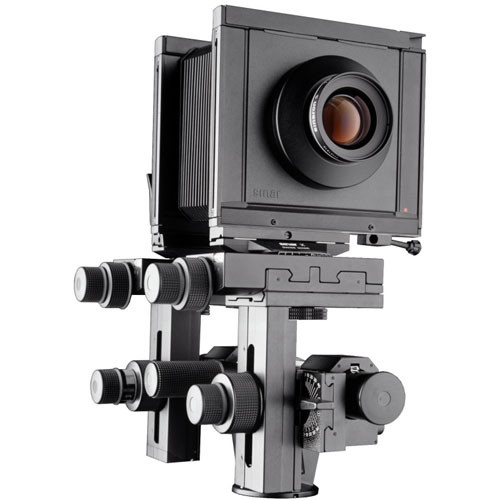The project was to find a small bag to carry a camera and a couple lenses that is small, light weight, and doesn’t look like a camera bag. There are many bags that fit this description but after a thorough search I landed on the Everyday Sling 5L by Peak Design. I already use their Field Pouch which I really like but is too small to carry a camera. I’m going to keep using the pouch because sometimes I like to travel ultralight and fill it with accessories and just carry the camera around my wrist.
I still have my Ona Prince Street in leather that I still love. It is my put all of my Leica equipment in it bag. It’s very useful when traveling. It’s a great looking bag. But it is over 3 pounds when empty and after a long day that gets to be too much for my aching shoulder. So I use the Ona to travel between locations and then transfer the needed equipment to my day bag.
As the name states the Everyday Sling 5L is a sling bag designed to hang across your back and you slide it to the front to remove equipment. Sometimes I wear it so that the bag hangs across my chest and work with it this way. I like how the main compartment opens toward the user instead of away from. This makes for easier changing of lenses because this creates a shelf close to your body. I feel more secure this way and there is less fear that I might drop a lens. Also when in crowds it is nice to have the bag in front because it is more secure this way. Speaking of security the main zipper has a nice little loop that attaches to the bag to keep the zipper closed and protected from pickpockets. The front has a small pocket for keys and a cell phone. The top has a thin leather carry strap that at first seems to small but after use I will admit it is the right size, not to small and not to big. It’s size helps keep the bag design narrow. The shoulder strap is attached to the bag with a large metal grommet that attaches to the nylon material of the bag and also to a piece of nylon attached to the bag so it is very durable. The shoulder strap is long and easily adjustable to fit all body styles. There is a small tab on the strap for quick adjustments to the length to get the perfect fit. The strap can be used as a sling across the body or wrapped around the waist in fanny pack style. The back of the bag has a pouch that the strap can be tucked away when not needed. The shoulder strap is permanently attached to the bag.
The inside of the bag has 2 dividers for various configurations. I recently carried a M240 with 28mm, a M10 with a 50mm and my 35mm. There was also room for my Visoflex. It’s surprising how much goes into the bag. It helps that Leica equipment is so small. There are 2 pockets on the inside. The front pocket is for batteries and flash cards. On the back side is a narrow pocket that is the length of the bag and is designed for a tablet. I have my 9.7” iPad Pro in there. I also have various other gadgets and my neutral density filters loose in the bag.
I have a rotation of 3 bags that I carry my Leica’s in based on how much stuff I feel like carrying each day. The Peak Design Everyday Sling 5L has been getting the most use for about the last 4 months and I am very pleased with this bag. The best feature is how light it is compared to other bags. When I have my camera in my hands it’s easy to forget I even have the bag across my back.
UPDATE to Peak Design products here.




































